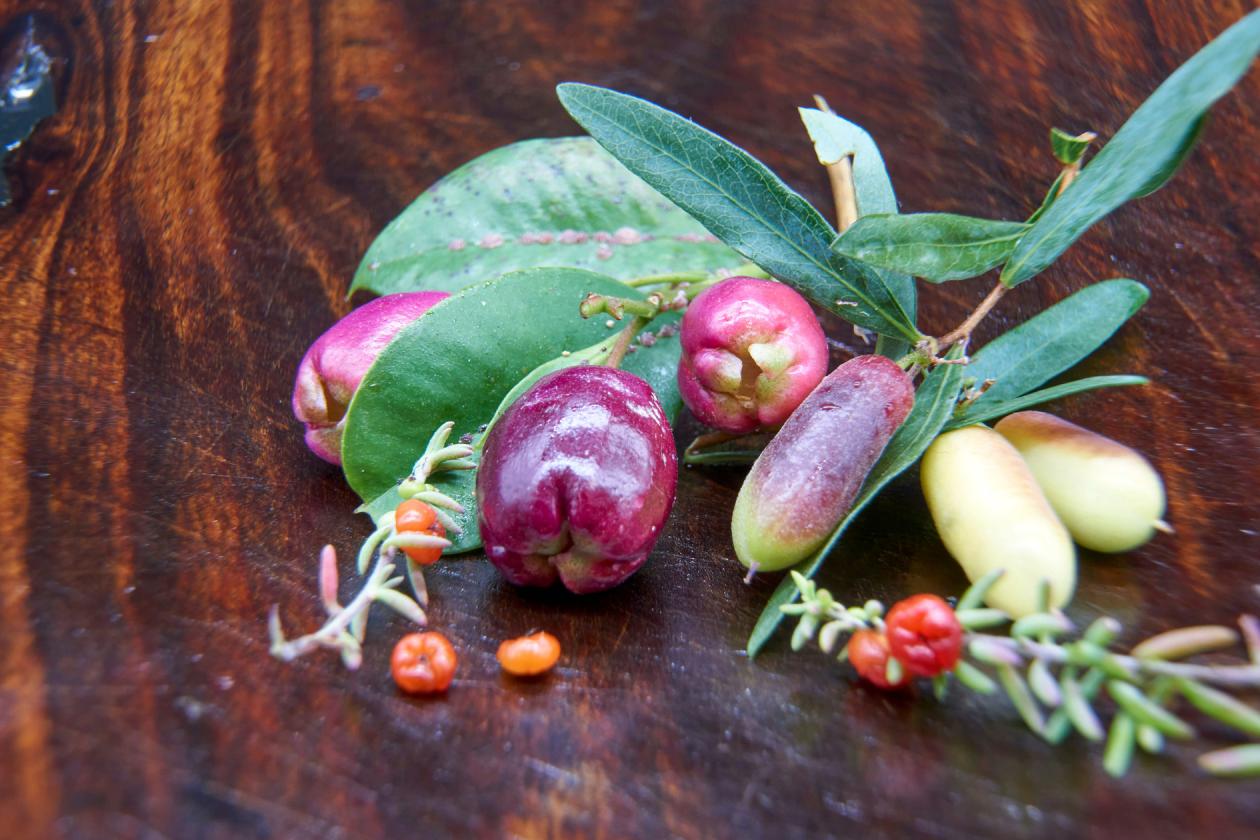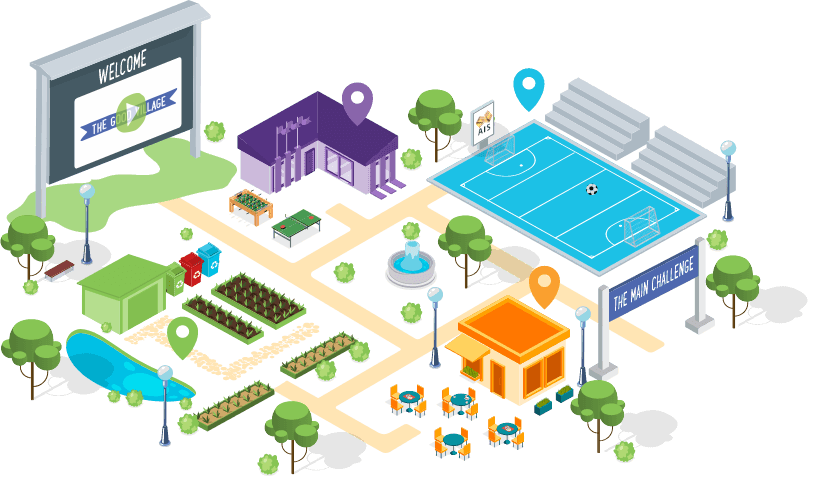Yarning Circle
Bush Tucker Bites
Bush Tucker Bites
Bush tucker, the Australian native bush foods, holds a significant place in the histories and traditions of Aboriginal and Torres Strait Islander peoples. Utilised for millennia, these Aboriginal foods are not only nutritionally valuable but also deeply intertwined with the cultural and spiritual practices of Indigenous communities. Exploring bush tucker offers a valuable insight into the sophisticated knowledge systems that have sustained Indigenous Australians and the land they cherish.
Understanding and respecting bush tucker food is essential for students as it connects them with the cultural heritage of Australia's First Nations peoples. It also promotes appreciation for the sustainable practices that have historically maintained environmental balance and health. By studying bush tucker plants and Australian native bush foods, students can learn about environmental stewardship, the nutritional benefits of native plants and animals, and the sustainable harvesting techniques developed by Indigenous communities.
Bush Tucker Bites is a lesson plan for upper primary is designed to support teachers with a teaching resource aligned with the Australian Curriculum. This plan covers key concepts in design and technology and integrates cross-curricular priorities, including Aboriginal and Torres Strait Islander perspectives, histories, and experiences.
Learning Objectives of This Design and Technology Lesson Plan
Level 1
Discuss the importance of environmental stewardship in promoting sustainable eating through bush foods.
Level 2
Critically reflect on the availability of traditional bush foods in the local area and how knowledge of these might impact on sustainable ways of living now and in the future.
Australian Curriculum Design and Technologies Links
Technologies context: Food and Fiber Production; Food specialisations
- Describe the ways of producing food and fibre (AC9TDE4K03)
- Explain how and why food and fibre are produced in managed environments (AC9TDE6K03)
Teacher Material Needed
Access to YouTube videos about native bushfoods:
- Yerrabingin Bush Foods
- Australian native vegetables
- Fire management and bushfood in Northern Queensland
- Guriwal Bushtucker trail
- Nyungar trail Bushtucker
- Traditional cooking techniques and flavours
- Bushtucker in the Northern Flinders ranges
Research materials about local flora and traditional food sources
Journals or worksheets for recording research findings and reflections
Classroom Activity For Upper Primary
- Introduce or refamiliarise students with the concept of Australian native bush foods, explaining or reflecting on their significance in Indigenous culture and their nutritional value.
- Watch the Yerrabingin Bush Foods video showcasing 12 native bushfoods, highlighting their unique characteristics and benefits as a class.
- Explain the upcoming activity of researching bush tucker plants and trees in the local area and connecting with Traditional Custodians and Elders to learn about Aboriginal foods and traditional food sources.
Learning Activity: Exploring Local Bushfoods
- Guide students in researching native plants and trees in their local area that have historically been used as food sources by First Nations groups. You may choose to organise an excursion to a farmers’ market, a local nursery or fruit picking location, or invite local community groups into your classroom to support students learning.
- Instruct students to compile information about the identified bush tucker plants, including their names, characteristics, edible parts, and cultural significance. You may choose to have students record their findings digitally using a notes app or platform such as Trello, Flip or Canva.
- Facilitate discussions about the ecological importance of bush tucker food and their role in sustaining local ecosystems and biodiversity.
- Encourage students to ask questions and engage in respectful dialogue with community members, demonstrating cultural sensitivity and empathy. This could be face to face in your classroom, or through digital platforms.
- Facilitate discussions about the insights gained from interacting with Traditional Custodians and the importance of preserving and honouring Indigenous knowledge and traditions.
Bush Tucker Lesson Wrap Up
- Guide students in reflecting on their research findings and interactions with Traditional Custodians, considering the significance of Aboriginal bush tucker in Indigenous culture and their potential for promoting food security and sustainability.
- Encourage students to share their reflections with their peers, fostering discussion and critical thinking about the connections between Indigenous knowledge, environmental stewardship, and community wellbeing.
- Provide opportunities for students to brainstorm and share ideas for promoting the use of native bushfoods in their local community, considering factors such as education, awareness-raising, and culinary innovation.
- Encourage students to consider how traditional sources of food might change depending on where you lived in Australia. Consider the bush tucker that might be available in the following areas and how they can be sustainably incorporated into a traditional diet:
- Coastal
- Bush
- Rainforest
- Desert
Bush Tucker Bites
Bush Tucker Bingo


